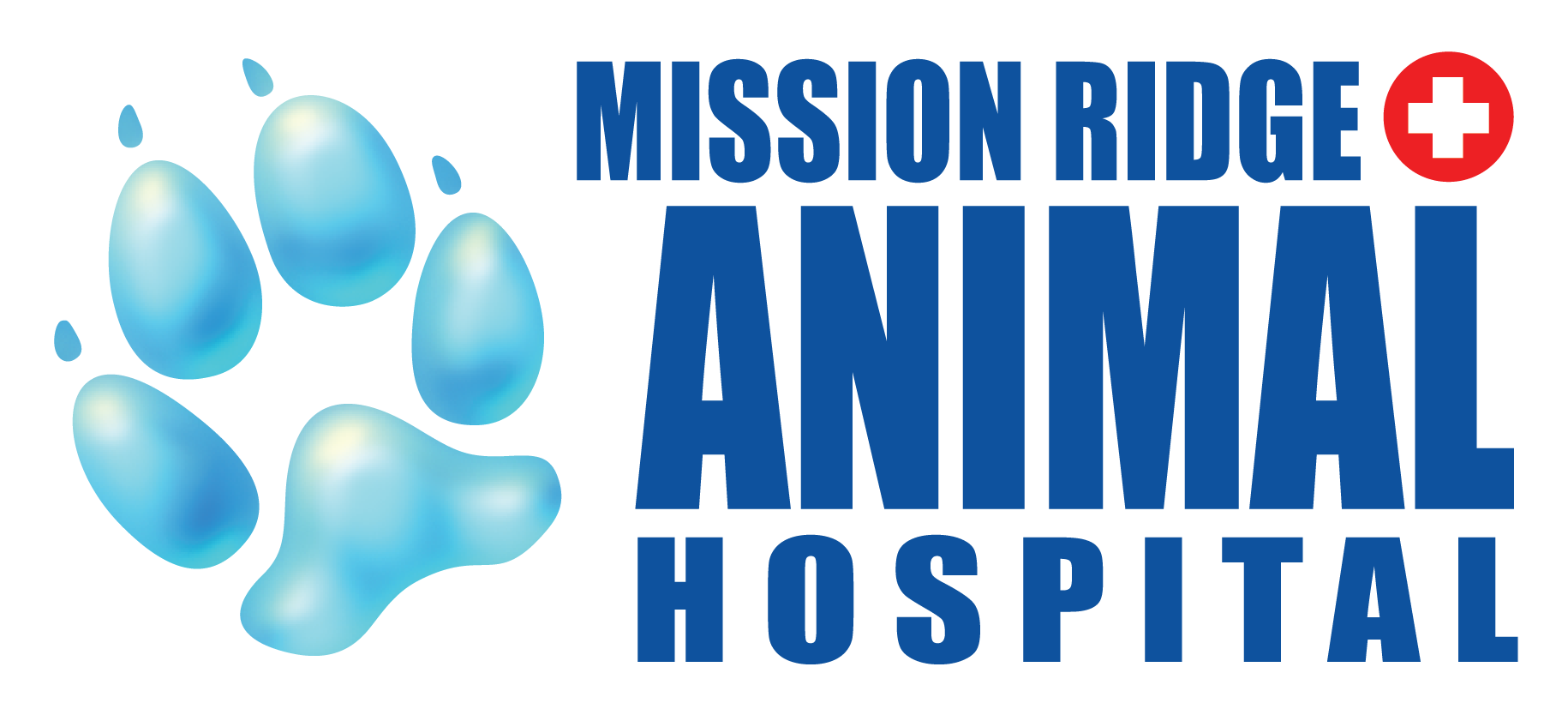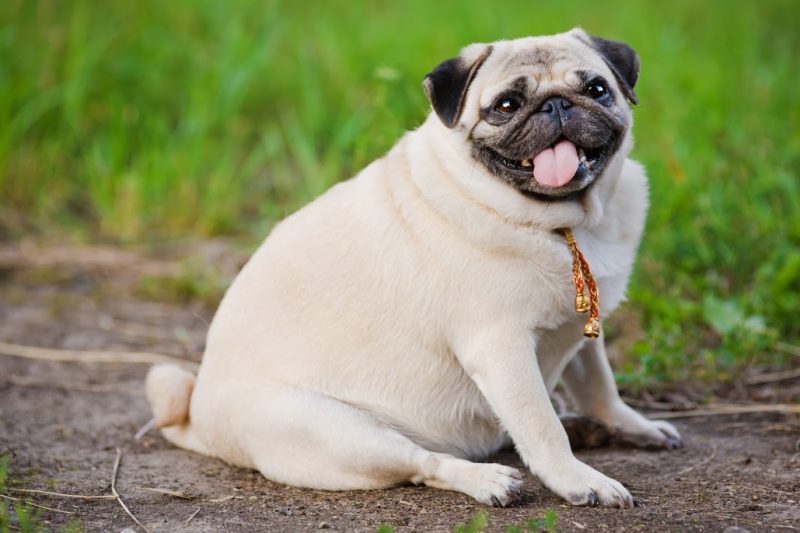“Fluffy is overweight”. Those dreaded words that you hear from your veterinarian. You knew she was getting a little chunky, but hearing someone else say it forces you to come to terms with the fact.
But what does itlow-caloriemean to be overweight? She’s more animal to love? She’s more fun to squeeze? On the contrary, those extra pounds can bring about a host of problems. It increases the risk of heart disease, diabetes, cancer and joint disease. It can result in increased breathing problems, decreased activity, and ultimately a poor quality of life. It can even decrease their lifespan! If that’s not a good enough reason to act, then what is?
We now have the motivation to help our pets lose weight. The next step is to put that motivation into action and take the appropriate steps to actually succeed. Here are some pointers and tidbits that you can apply.
- Restrict Calories: This might seem obvious, but it can be a harder challenge than you’d expect! Your veterinarian can calculate how many calories your pet needs to lose weight, and it’s important to stick with that. Some pets are successful losing weight by simply decreasing the amount of food they are given, but this is only safe for those that need to lose a small amount of weight. If we restrict too many calories with maintenance diets, we run the risk of restricting important nutrients. There are many speciality diets available to help facilitate weight loss while still providing proper nutrition, and your veterinarian can recommend the best one for your pet.
- Measure: Pet foods have different calorie content, so it is important to know how many are in a cup. If your pet food does not have that information, then it shouldn’t be part of the weight loss program. It is important to note that 1 cup literally means 250ml. It doesn’t mean 1 kibble scoop or 1 soup can worth, or 1 margarine container full. The most accurate method of measuring pet food is by weighing it. This is especially helpful with small dogs and cats who eat smaller amounts, as any variation will have a greater impact.
- Cut the Table Scraps: Many of us like to share our delicacies with our pets. But is it doing them any favours? Even a seemingly small amount can have a big impact on their caloric intake. Did you know that feeding a 20lb dog a hotdog is the equivalent of a human eating 3 hamburgers? Or that feeding your cat a cup of milk is the equivalent of eating 5 chocolate bars? There are much healthier human choices that you can treat your pet with, such as carrots, snap peas, or bell peppers. Make sure to consult your veterinarian before trying new human foods.
- Feed with Love: Many pet owners show their pets love by feeding them. While feeding definitely adds a bond between pet and owner, it is not necessarily what your pet is asking for. Next time your pet vies for your attention, just give it to them! Snuggle on the couch, toss a ball, scratch behind their ears, groom them, bring out the cat toys. Your pet doesn’t just want your food, it also wants your affection and attention. And it will thank you in the long run!
- Meal Feed: Some pets are apt to enjoy grazing on their food all day long. As long as the food is properly measured there is nothing wrong with this. If, however, your pet will eat all the food you give them in one fell swoop, it is a good idea to split their daily intake into separate meals. This can help them alleviate hunger during the day and decrease begging.
- Get Active: It’s hard to burn calories while lounging on the couch!
- Portions Matter: Your pet may be accustomed to receiving a treat at certain times of the day. Maybe they get a treat every time you leave them at home, or at bedtime, or after they go outside to do their business. Breaking the routine might not be something you’re willing to do. Instead, you can decrease the portion size of your treat. Instead of giving a giant milk bone, give a mini one. Buy treats that you can break into pieces so that it will last for more treat sessions. Your pet is still getting the treat she expects, just not as many of the calories.
Common Obstacles:
My dog can only walk short distances before tiring: Keep at it! Short distances are better than no distances. Start at a distance that your dog can handle comfortably, and as the weeks go on you can gradually increase the distance. Measuring by street lights is a concrete way to measure how far you’ve gone!
My dog LOVED his old food and seems to just tolerate the weight loss food: Being on a diet doesn’t usually let us enjoy our meals as much as we’d like. For humans, there are a lot of low calorie options that we can choose from, which are quite tasty, but are they really as tasty as a burger and fries? Probably not, but eating a burger and fries every day isn’t good for us either.
My cat doesn’t want to play: Helping your cat get active can sometimes be a challenge. If your cat isn’t interested in his mouse toy, maybe he’s a birder by nature and would respond better to a toy dangling from a string. Maybe some catnip would heighten his senses and make him more responsive. Other ways to get cats active are to throw their kibble to chase or use a treat ball that dispenses kibble only when they actively work for it. Having food on different levels and areas of the house increases travel distance, therefore burning more calories.
I’m too busy to do these extra things: It can be hard to fit our pets into our busy schedules, but remember that their health depends on it! Getting active is an important part of successful weight loss, so start small. If all you have time for is a quick jog around the block with your dog daily, then be diligent with that. Having limited exercise makes it even more important to be strict with the diet. It’s much easier to avoid the calories than to indulge and try to work them off.
I measure my pet’s food, but others in my family give in to his begging: Everyone needs to be on board. It’s important to have good communication. If your pet asks for food from another family member after he’s already been fed, then this is a problem. Try having a container on the counter with your pet’s daily food intake measured out. Once that container is empty, the family knows that he’s had all he needs for the day, no matter what he tries to tell them otherwise! Another good way is to have a checkbox on the family calendar for feeding times.
Your pets depend on YOU to help them stay healthy. With applying the right advice, you can be well equipped to lead your pet to a longer, healthier, more active lifestyle.
Written by Michelle Stoyko



